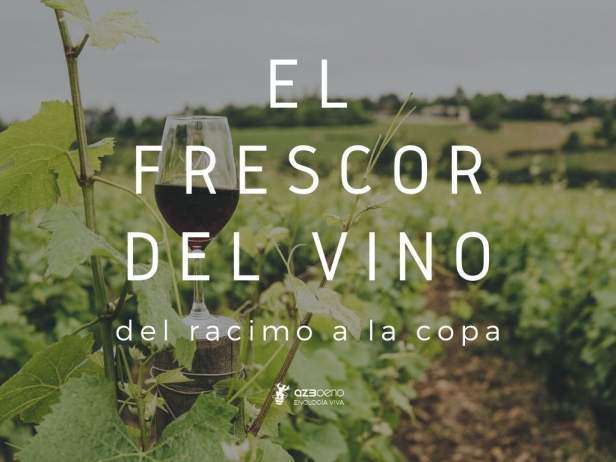
We are on the home straight of the 2020 harvest. In recent weeks, we have experienced what winemakers consider the “spice” of our work.
The initial nerves are always palpable, thinking about the maturation controls, vintage estimates, planning, production strategies, etc., and all this while keeping one eye on the sky and the other on the market.
But at the end of the vintage, there are also nerves. The dreaded fermentation stops, which have kept us awake more than once. And 2020 has been no different.
At AZ3Oeno, we always focus on prevention, and this must be based on measurement. For this reason, there are a series of elements that we need to analyze in order to determine the initial situation and plan.
Nowadays, we are all clear that we need minimum YAN levels to start fermentation. This year we have seen very low nitrogen levels in the grapes in some areas. But it's not just about nurturing at first; We know that at the end of the exponential multiplication phase the YAN is practically “0”, so at this moment we must also act.
In addition, with the load of phytosanitary treatments that the vineyard has received, the levels of heavy metals in must have been high. A copper analysis will give us the necessary information to know whether or not we have to act in this regard during fermentation.
When we perform vatting in a warehouse, we can find a veritable microbiological jungle where everyone will fight to prevail. The risk of organoleptic defects in the yeast latency phase is significant if we do not control the medium well: adequate sulfidation, yeast acclimatization, etc.
The fermentation stops are preceded by a slowdown, so we will get the first clue from the density curves. Once the fermentation has started, Saccharomyces cerevisiae manages to prevail over the rest, and this is when we see how the density begins to drop significantly, coinciding with the more or less significant appearance of the aromas that will be part of our future wine. It will be precisely the density curves which give us the first indicator in the face of a slowdown in the AFL0.
In the event that we detect a slowdown in fermentation, which may be the prelude to it stopping, the simplest action to take, the most conservative and the least invasive would be to release the temperature control so that it rises and, therefore, try to take advantage of the fact that the metabolism is faster thanks to the higher temperature. Of course, we must continue to control it, we cannot allow an excess rise that could compromise the viability of the yeasts.
As important as following the evolution of the drop in density is to know the population of yeasts that we have at all times. The number of yeasts, their viability (live yeasts compared to the total), the level of budding, their morphology or the presence of contaminants, will give us the best clue to if we are facing a fermentation at risk of stopping. A microscope and a counting camera will be our best allies for this task.
In a strictly anaerobic process such as AFL, S. cerevisiae does not have the ability to manufacture its own ergosterol, as its metabolic synthesis pathway requires oxygen. While it is true that S. cerevisiae has the ability to take the phytosterol from the must and incorporate it into its membrane to perform fluidification functions, these membranes do not acquire the same robustness as with ergosterol.
Therefore, yeasts are more sensitive to the effects of cytotoxic agents present in the medium, thus increasing the risk of fermentation stoppages. This risk factor can be perfectly prevented by applying oxygen during AFL.
In case of having to face a fermentation stoppage, the only effective way to deal with it is with a well acclimatized pre-ferment agent. To prepare this, we’ll need a yeast with a high tolerance to alcohol and it is will essential to do a good job of acclimatizing to the medium that has to finish fermenting. In the acclimatization process, it is not only necessary to take into account the alcohol level of the must/wine at the stoppage point but also the pH. Stabilizing and obtaining a pre-ferment agent with high fermentation activity, a few tenths below the pH at which the fermentation stopped, will have a very positive effect when sowing the tank. The transition of the yeast from a lower pH to a higher pH will boost its metabolism which will guarantee the success of the re-fermentation.
Related news
THE FRESHNESS OF THE WINE, from the bunch to the glass
The fashion for fresh wines has ceased to be fashion to become a trend; more and more consumers are looking for elegance, length and freshness above all.
More than winemaking machines
The winemaker is the artist who observes the vineyard, interprets it and imagines the wine that could be produced from this plot.
Was it the wood or the process?
Today, we are thinking about one of the most important stages of production: the aging of the wine.


